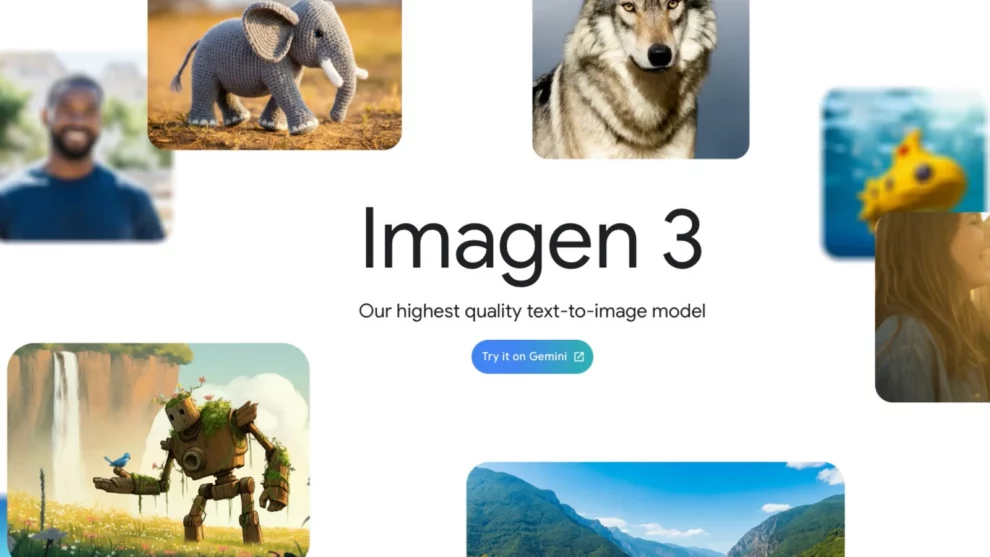Google has unveiled a significant upgrade to its document creation platform by integrating Imagen 3, its latest AI image generation model, into Google Docs. While this advancement promises to revolutionize how users create and incorporate visual content in their documents, the feature comes with a notable restriction: it’s exclusively available to paid Workspace users and Google One AI Premium subscribers.
The new implementation marks a substantial evolution from Google’s previous image generation capabilities. While the platform already supported AI-generated cover images, this latest update enables users to create custom inline images anywhere within their documents, potentially eliminating the need for stock photos in many situations. The company touts these AI-generated images as “photorealistic,” suggesting a significant leap forward in quality and usability.
This expansion of Google’s AI imaging capabilities represents a strategic move in the increasingly competitive workspace productivity market. By integrating Imagen 3 directly into Google Docs, the company is streamlining the document creation workflow, allowing users to generate custom visuals without leaving their working environment. The seamless integration demonstrates Google’s commitment to creating a more cohesive and efficient workplace toolset.
The functionality has been designed with user accessibility in mind, despite its premium status. Users can access the feature through the Insert menu, choosing either “Image” or “Cover image” followed by “Help me create an image.” The process involves writing a text prompt and selecting a style preference, with the additional option to choose from three aspect ratios to ensure the generated image fits perfectly within the document’s layout.
However, the feature’s availability structure reveals Google’s strategy for monetizing its advanced AI capabilities. Access is restricted to subscribers of Gemini Business, Gemini Enterprise, Gemini Education, Gemini Education Premium, or Google One AI Premium. This tiered approach suggests that Google views AI-powered image generation as a premium feature that can drive subscription growth across its various service levels.
The implementation includes some technical considerations that users should note. For instance, cover images are currently only supported in “pageless mode,” a viewing option that allows the AI-generated image to span the entire document width. Users need to manually activate this mode through the File or Format menu to take full advantage of the cover image feature.
The rollout strategy also reflects the complexity of Google’s enterprise implementation structure. While the feature is technically “rolling out now,” the actual availability may vary significantly depending on organizational settings, particularly for institutions using scheduled release timelines. This staggered approach allows organizations to manage the integration of new features according to their specific needs and policies.
From a broader perspective, this development signals Google’s continuing investment in AI integration across its workspace suite. The company appears to be positioning itself at the forefront of AI-powered productivity tools, with image generation being just one component of a larger strategy to enhance its workspace offerings through artificial intelligence.
The quality improvement represented by Imagen 3 is particularly noteworthy. Google’s characterization of the output as “photorealistic” suggests that the technology has advanced significantly from earlier iterations of AI image generation. This improvement could make the feature particularly valuable for professional documents where image quality is crucial.
The restriction to premium users raises interesting questions about the future of AI features in productivity software. As these capabilities become more sophisticated and valuable, we may see a trend toward premium-tier exclusivity for advanced AI features across the industry. This could create a new dynamic in the productivity software market, where AI capabilities become a key differentiator between free and paid tiers.
For organizations and individuals considering whether to upgrade their subscriptions, the addition of Imagen 3 integration adds another factor to consider. The value proposition extends beyond mere image generation to include the time and resource savings from not having to source or purchase stock photos, potentially justifying the premium cost for heavy users of visual content.
As this feature continues to roll out across Google’s user base, its impact on document creation workflows and the broader productivity software landscape will become clearer. What’s certain is that this integration represents another step toward AI-powered tools becoming standard features in professional document creation, even if access to these tools remains primarily within the premium tier of services.
















Add Comment